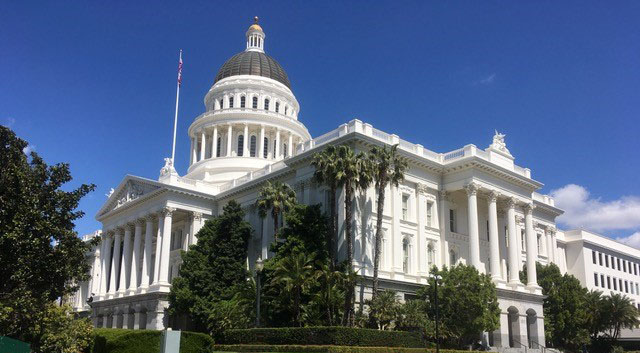Updates on two major bills, AB 2053 and AB 2011 as we go into the legislatures summer recess
- AB 2053 is Dead – sort of.
It failed passage in the Senate Governance and Finance Committee, but could come back this session as a “gut and amend” or next session as an new bill.
We support social housing if it’s done in partnership with cities that want it and with the local jurisdictions having control.
State subsidies would be needed to ensure building for the lower income needs without over-building market-rate. The bureaucracy created to implement it should be limited, using local resources / existing resources whenever possible.
Unfortunately, AB 2053 did not meet our criteria for a good social housing bill. United Neighbors is working with Sen Hertzberg’s staff to amend the bill before it returns. We have provided our suggestions to them, including creating a pilot program, as outlined in our position letter.
Senate Governance and Finance Committee Chair, Sen Anna Caballero’s comments in hearing the bill in committee June 29, 2022 reflect our concerns.
AB 2011 passed with promises to reconcile with SB 6
We called AB 2011 the worst bill of the session in a news article. We opposed it in a position letter. We believe residential mixed use of empty or underutilized commercial buildings along commercial corridors are good places to add residential units and we strongly supported SB 15, but that bill does not seem to be moving. SB 6 is another commercial corridor bill.
Here is a comparison of AB 2011 and SB 6 from the latest committee analysis:
• By-right vs. allowable use.
AB 2011 makes residential development by-right on commercial parcels; SB 6 makes it an “allowable use,” which means that local governments could still exercise a measure of discretionary approval over SB 6 projects. However, SB 6 does allow by-right development on commercial parcels if the project meets the requirements of SB 35 (Wiener, 2017), aside from that law’s requirement that the parcel for the project be zoned for residential use.
• Development potential.
AB 2011 allows developers to build to significantly greater heights and density, with smaller setbacks, than are often allowed under local zoning. SB 6, by contrast generally defers to existing local zoning that applies to nearby parcels that allow residential use, so long as the zoning meets the relatively modest Mullin densities. Accordingly, AB 2011 will allow many more units to be built on the same site when compared to SB 6.
• Applicability to parcels
. Both AB 2011 and SB 6 apply to commercial zones. However, AB 2011 limits the mixed income portion of the bill to commercial corridors, requires the projects to be infill sites, and excludes specified sensitive sites. SB 6 instead applies more uniformly to commercial parcels because it does not include those limitations. However, SB 6 projects are subject to even greater limitations than AB 2011 if a developer uses SB 35 to gain by-right approval authority because it also excludes the coastal zone.
• Affordability requirements
. Both AB 2011 and SB 6 require 15 percent affordable units for lower-income households in rental projects. However, AB 2011 allows additional flexibility by allowing a project to qualify with 30 percent moderate-income units if the project is an ownership project.
• Labor standards.
AB 2011 includes less stringent labor standards than most other bills the Legislature has seen on zoning in recent years. SB 6, requires for the use of a skilled and trained workforce.
• Commercial vacancy.
In order to use the by-right provisions of SB 6, the site must have had no commercial tenants on 50 percent or more of its space for at least three years prior to an application being submitted. In the absence of the by-right provisions, local governments could require ground floor retail or additional retail on the site to mitigate the loss of commercial space. AB 2011 includes no vacancy requirements and instead limits the commercial portion of a development to 50 percent of the ground floor.
• Sunset.
SB 6 includes a January 1, 2029 sunset; AB 2011 does not contain a sunset. As currently written, developers are likely to significantly prefer using AB 2011 on sites where they both apply because of the by-right provisions, the higher development potential, and the less costly labor provisions.
• Going forward,
AB 2011 and SB 6 are likely to need to be reconciled. Such reconciliation could include limiting each bill to separate geographic areas throughout the state, targeting each bill at different types of development (for example, market-rate versus affordable developments), applying one bill more broadly, but with fewer benefits for developers, or others.

